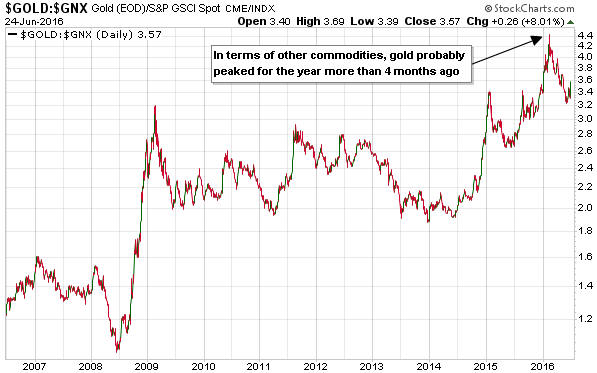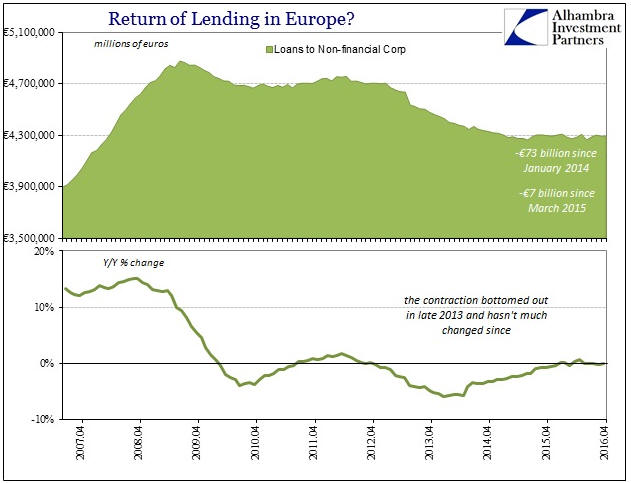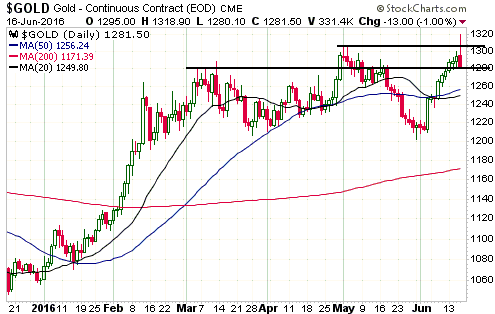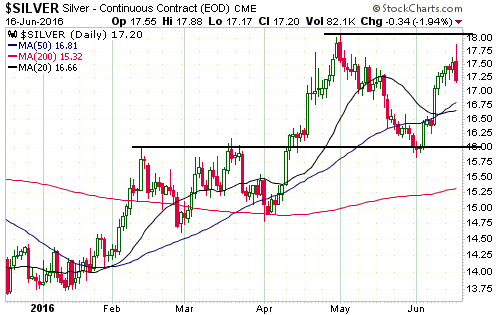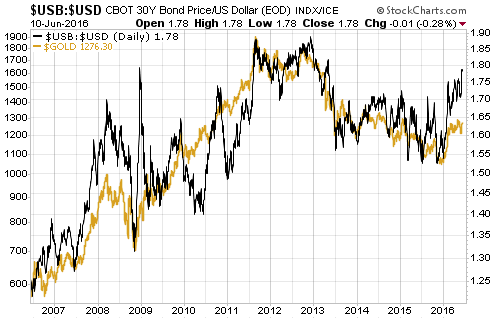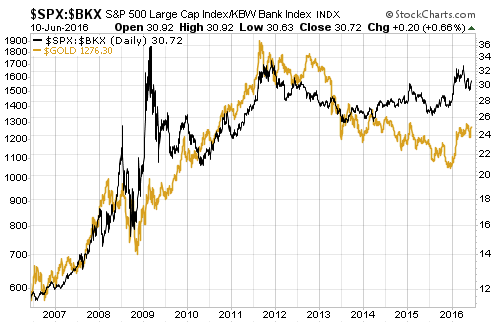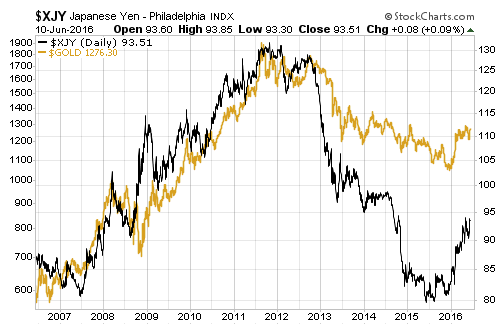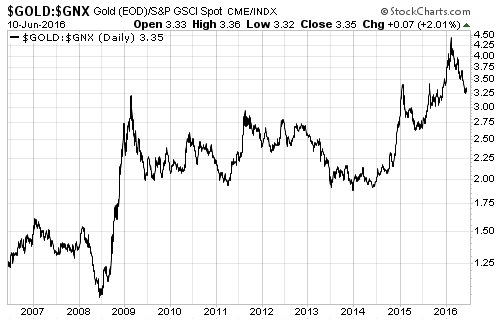Whenever there’s a major financial crisis, the largest commercial and investment banks invariably take big hits. This causes them to either go bust or go in search of a bailout. In fact, as far as I can tell there has never been a case over the past 50 years of an elite financial institution being on the right side of a major financial crisis. The same goes for central banks. Judging by their words and their actions, the heads of the world’s most important central banks have been blindsided by every major financial crisis of the past 50 years. And yet, I regularly see blog posts, articles or newsletters in which it is explained that the financial crises that have occurred in the past and are going to occur in the future are part of a grand plan hatched by the most prominent members of the financial establishment.
The idea that market crashes and crises are purposefully arranged by the financial elite is what I’ll call the “Masters of the Universe Fallacy” (MOTUF). For some reason this idea is very appealing to many people even though there is no evidence to support it. Furthermore, the simple fact that the supposed master schemers are always on the wrong sides of financial crises is enough to refute the idea.
As far as understanding economics and markets are concerned, the current heads of the world’s three most important central banks are complete buffoons. Obviously, if you don’t have a thorough understanding of good economic theory and how markets work then any strategies you concoct to bring about specific economic and financial-market outcomes are going to fail. The retort is that the heads of the most important central banks are just puppets whose strings are pulled by the real master manipulators. The real master manipulators apparently include the heads of the world’s most influential commercial banks, such as the senior managers of Goldman Sachs and JP Morgan.
Don’t get me wrong; it is certainly the case that the government takes advantage of crises to expand its reach and that the likes of Goldman Sachs and JP Morgan have great influence over the actions of the central bank and the government. This allows them to avoid the proper consequences of their biggest mistakes, but the fact is that they keep making mistakes of sufficient magnitude and stupidity to threaten their survival on an average of once per decade.
Take the specific example of the 2007-2009 global financial crisis. It wasn’t until mid-2007 that the senior managers of Goldman Sachs realised that there was a huge problem looming for the credit markets in general and the US sub-prime mortgage market in particular, but by then the company was so heavily exposed to ill-conceived investments that it was too late to re-position. If not for the combination of TARP, various asset monetisation programs implemented by the Fed, the US government bailout of AIG, Warren Buffett and changes to official accounting rules, Goldman Sachs would have gone bust in 2008 or 2009.
Furthermore, having either died (in the cases of Bear Stearns, Merrill Lynch and Lehman Brothers) or suffered near-death experiences (in the cases of Goldman Sachs, JP Morgan, Citigroup and Bank of America) in 2007-2009, the elite bankers of the world again found themselves in potential life-threatening situations just 2-3 years later due to the euro-zone’s sovereign debt crisis. This time the ECB came to the rescue.
In general, when a financial crisis happens it’s the outsiders who profit from the calamity, not the insiders. The insiders are always up to their eyeballs in the credit-fueled investment boom of the time. For example, in 2007-2008 it was the likes of Michael Burry, Steve Eisman, John Paulson, Kyle Bass and David Einhorn who correctly anticipated the events and reaped the large profits from the market action, while the likes of Chuck Prince, Dick Fuld, Lloyd Blankfein and Jamie Dimon were forced to either exit the banking business or go ‘cap in hand’ to the government.
It will be the same story in the next crisis. Goldman Sachs won’t see it coming and therefore won’t be prepared, which means that it will once again be in the position of needing a bailout to avoid bankruptcy.
So, if you want to make me laugh just send me an email explaining that the periodic crises are all part of a grand plan formulated by members of the financial establishment.
 Print This Post
Print This Post

